Nasal Septum and Turbinates
Septoplasty is a surgical procedure to correct a deviated nasal septum, while turbinoplasty aims to reduce the size and reshape the nasal turbinates to improve airflow. Both procedures may be performed together if a deviated septum and enlarged turbinates coexist.
1. Septoplasty (Nasal Septum Correction):
Definition:
The nasal septum is a wall of bone and cartilage dividing the nasal passages. When significantly deviated, it can obstruct breathing or cause partial blockages.
Procedure:
- An incision is made inside the nose, and the mucosal lining covering the septum is lifted.
- Deviated portions are carefully removed or reshaped, and additional supports or synthetic cartilage may be used to stabilize the septum.
- The mucosal lining is repositioned, and the incision is closed.
- Typically performed under general anesthesia.
Benefits:
- Improved nasal breathing.
- Reduced nasal congestion, chronic sinusitis, and snoring.
- Enhanced overall quality of life post-recovery.
Risks:
Minimal risks include bleeding or nasal shape changes, but most patients experience significant improvement.
2. Turbinoplasty (Nasal Turbinate Reduction):
Minimal risks include bleeding or nasal shape changes, but most patients experience significant improvement.
Definition:
Nasal turbinates are bony structures covered with mucosal tissue inside the nose, responsible for humidifying and filtering air. Enlargement (due to allergies or chronic sinusitis) can lead to congestion and breathing difficulties.
Procedure:
- The surgeon reduces the size and reshapes the turbinates to enhance airflow.
- Performed under local or general anesthesia.
- Recovery takes days to weeks.
Benefits:
- Decreased nasal congestion.
- Improved ventilation and airflow.
- Relief from nasal obstruction symptoms.
Risks:
Limited risks include dryness or bleeding, but outcomes are generally positive.
Important Notes:
- Each case requires individual assessment by a specialist to determine the need for one or both procedures.
- Before surgery, the doctor discusses benefits (e.g., better breathing) and risks (e.g., bleeding or infection) based on the patient’s condition.
- Post-operative follow-up is essential for complete recovery.


